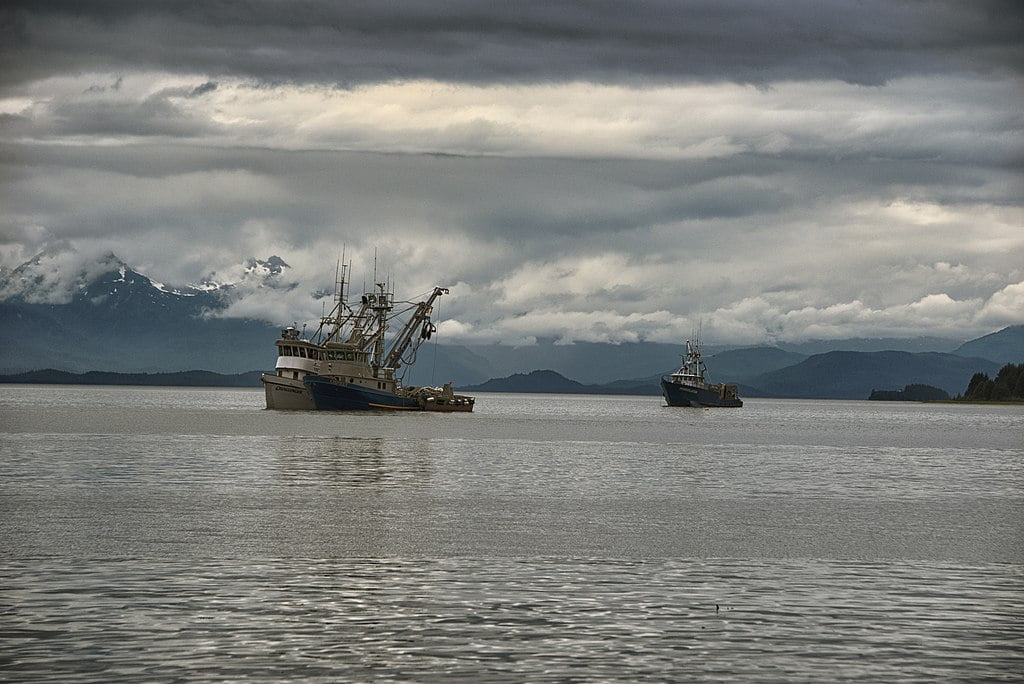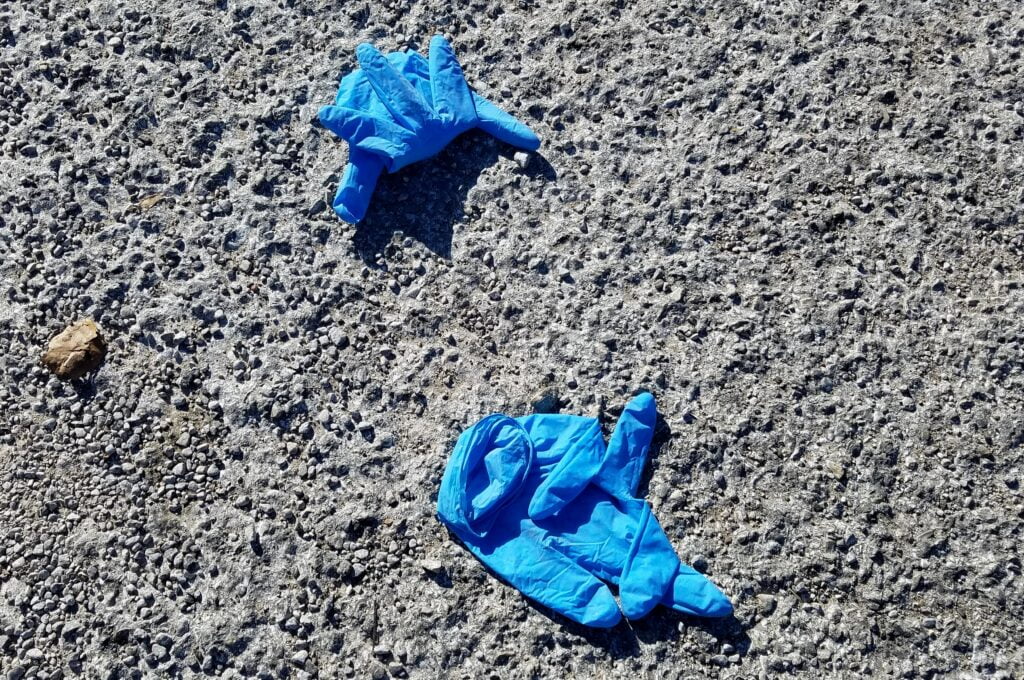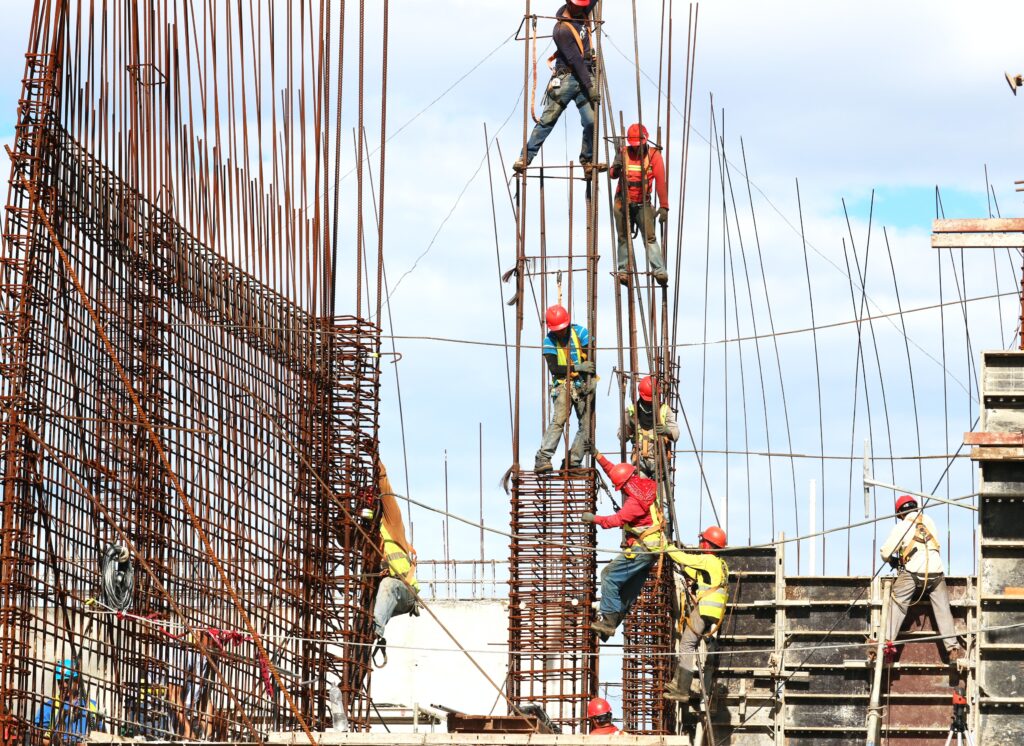We use cookies to improve your experience with Monash. For an optimal experience, we recommend you enable all cookies; alternatively, you can customise which cookies you’re happy for us to use. You may withdraw your consent at any time. To learn more, view our Website Terms and Conditions and Data Protection and Privacy Procedure.
Modern slavery
Published on November 21, 2022The exploitation of workers is a global problem but the issues leading up to the men’s FIFA World Cup have sparked a global conversation about what can be done.
 As of 2021, around 50 million people around the world were living in slavery-like conditions. : Michael Joiner, 360info CC BY 4.0
As of 2021, around 50 million people around the world were living in slavery-like conditions. : Michael Joiner, 360info CC BY 4.0
The exploitation of workers is a global problem but the issues leading up to the men’s FIFA World Cup have sparked a global conversation about what can be done.
The men’s FIFA World Cup is set to kick off at Al-Bayt Stadium in Qatar, but the globe’s biggest celebration of football has been overshadowed by the host nation’s chequered human rights record. Along with its mistreatment of the LGBTQI+ community, the alleged labour abuses taking place in the lead-up to the tournament have dampened excitement about the on-pitch spectacles.
The players too are aware of the problem. Australia’s national team, the Socceroos, released a collective statement and accompanying video featuring 16 players, in hopes of leaving “a legacy that goes well beyond the final whistle”.
“We have learned that the decision to host the World Cup in Qatar has resulted in suffering and the harm of countless of our fellow workers,” Jackson Irvine of the Socceroos said.
“These migrant workers who have suffered are not just numbers. Like the migrants that have shaped our country and our football, they possessed the same courage and determination to build a better life,” Alex Wilkinson, president of the Professional Footballers Australia union said.
While the men’s World Cup has put modern slavery back into the headlines, the practice isn’t contained to Gulf nations. The world over, worker exploitation infects supply chains in many industries.
Advocacy from high-profile athletes in Qatar is one small step. But without major adjustments from governments, businesses and pressure from consumers, modern slavery will continue to flourish unchecked.
As the world game takes centre stage this month, so too will questions about how the global community can better protect the most vulnerable workers from further exploitation.
REALITY CHECK
Although not defined in law, modern slavery is the umbrella term that “refers to situations of exploitation that a person cannot refuse or leave because of threats, violence, coercion, deception, and/or abuse of power”.
As of 2021, around 50 million people were living in slavery-like conditions — a rise of over 10 million since the last recording in 2016.
One in eight forced labourers are children (3.3 million).
BIG IDEAS
Quotes attributable to Brock Bergseth, James Cook University:
“In many Southeast Asian countries, migrant fishers are targeted by predatory recruitment agencies and human traffickers. Often, these agencies go to poverty stricken rural villages in Indonesia, Thailand, Laos, Vietnam and Cambodia promising lucrative contracts to workers with few other options to support their families.”
“When the workers arrive, supposedly to board their vessel, the recruitment agency takes their passports, cuts them off from contact with the outside world and often locks them away in apartments with abysmal conditions until they are placed on a boat, where rape, near starvation and other violations often occur.”
Quotes attributable to Priya Sharma, Monash University Malaysia:
“The presence of forced labour indicators in the Malaysian medical glove industry demonstrates a need for legislation to effectively address forced labour in the supply chain. However, Malaysia’s laws don’t provide comprehensive solutions to combat forced labour in supply chains.”
“Malaysia wants to take steps to improve its reputation on human trafficking and forced labour. But whether the shortcomings with the law are intentional or negligent, the legislative framework to eradicating modern slavery is far from finished.”
Originally published under Creative Commons by 360info™.













